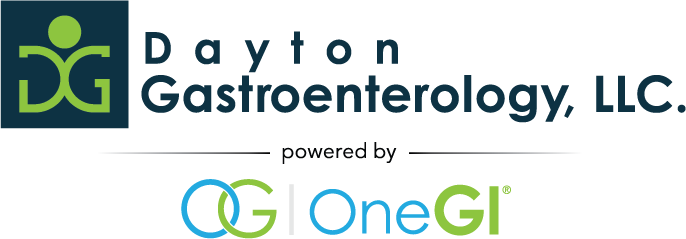Upper Endoscopy (EGD) Preparation
In order for the physician to perform the esophagogastroduodenoscopy (also known as Upper Endoscopy or EGD), your stomach must be empty to provide the physician with a clear view.
If you are having a morning procedure, it is very important that you have nothing to eat or drink after midnight the evening before the procedure.
If you are having an afternoon procedure, you may be instructed to have an early clear liquid breakfast.
An exception to this is prescription medication. You can take these on the morning or afternoon of the exam with a few sips of water. It is especially important to take any high blood pressure or heart medication.
If you take any of the following medications, notify our office prior to the procedure, because the medicines may need to be stopped or the dosage may need to be adjusted.
- Coumadin (Warfarin)
- Insulin or other medication for diabetes
- Carafate
Additional Instructions
- If you are on blood thinner medication, such as Coumadin or Warfarin, it is important to let us know well in advance of your appointment. If you are currently taking these medications and have not already given that information to our office, please call immediately. A nurse will contact you about instructions about taking your blood thinner prior to this procedure.
- If you are on the medication Carafate, notify our office prior to the procedure for instructions. The medication will need to be stopped before your procedure.
- YOU MUST HAVE SOMEONE TO DRIVE YOU HOME OR THE DOCTOR WILL NOT DO THE PROCEDURE. If your driver does not plan to stay during your procedure, you will need to provide a phone number where that person can be contacted.
- Using a small amount of water, take your prescription medications as you usually do, unless you have been instructed to “hold” the medication prior to the procedure. It is very important that you take your blood pressure or heart medication as usual.
- Bring a list of your current medications and any allergies to medication.
- Bring your insurance cards with you.
- If you are a diabetic, check your blood sugar at home before your procedure.
- If you have an implanted cardiac defibrillator, it is very important that you bring the card identifying the device manufacturer, model and serial number.
- You may wear your glasses, dentures or hearing aids. It is best to leave your jewelry at home.
